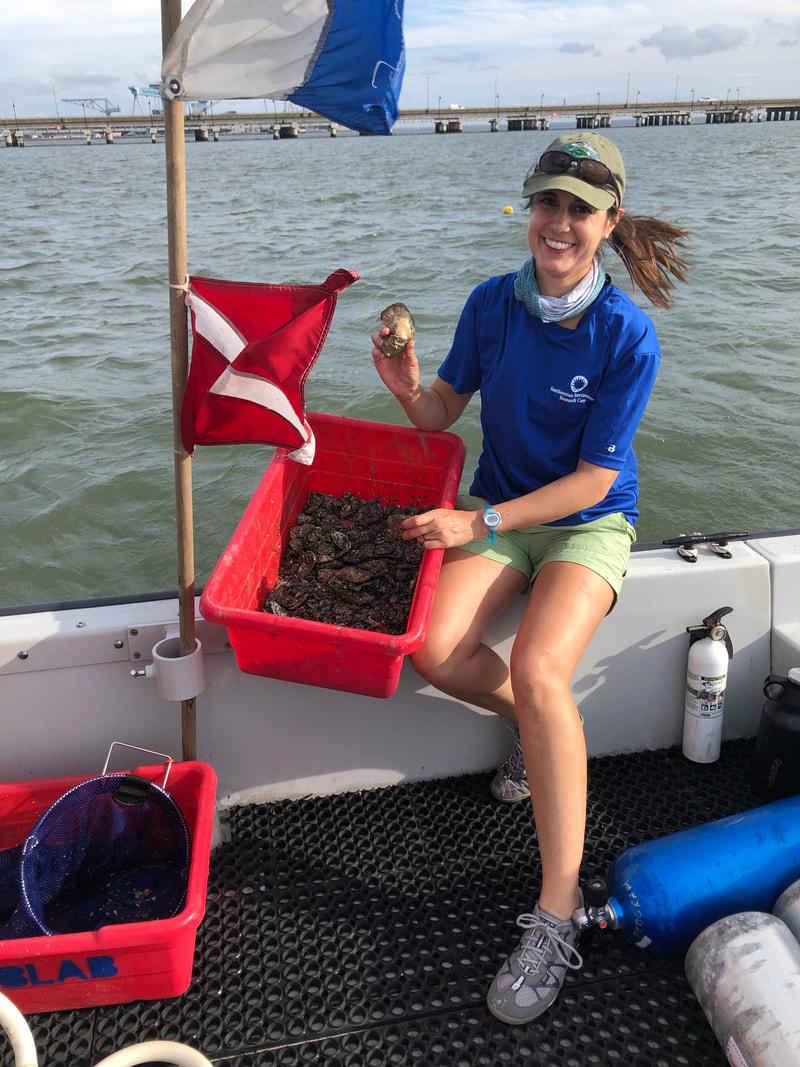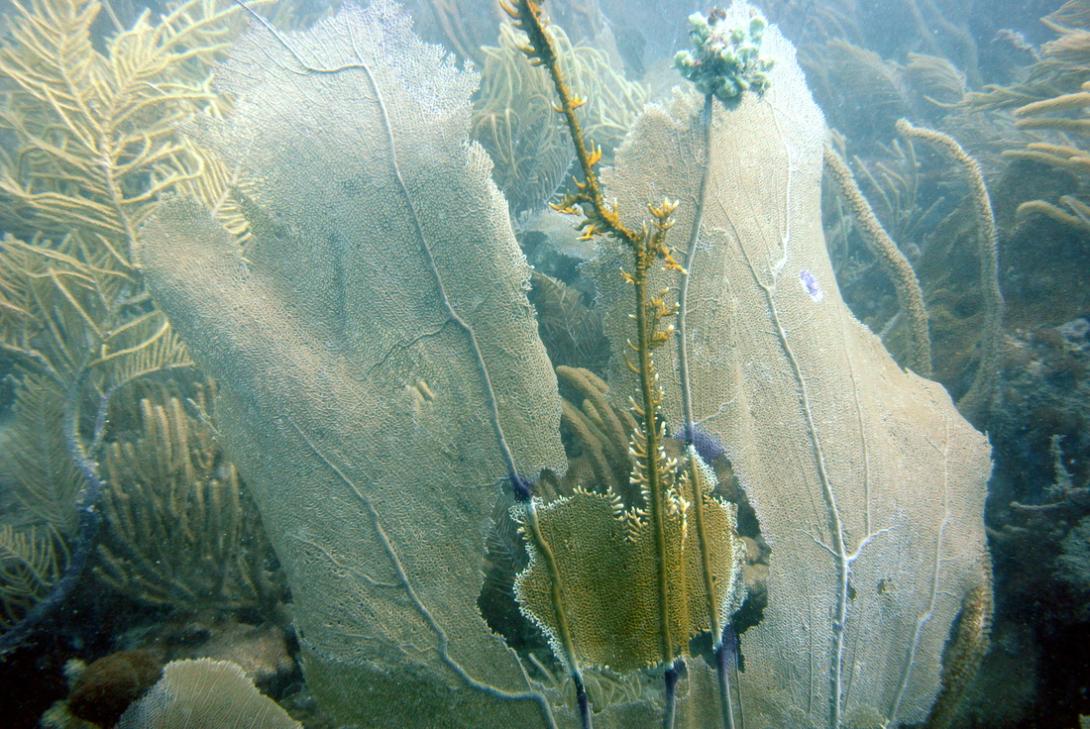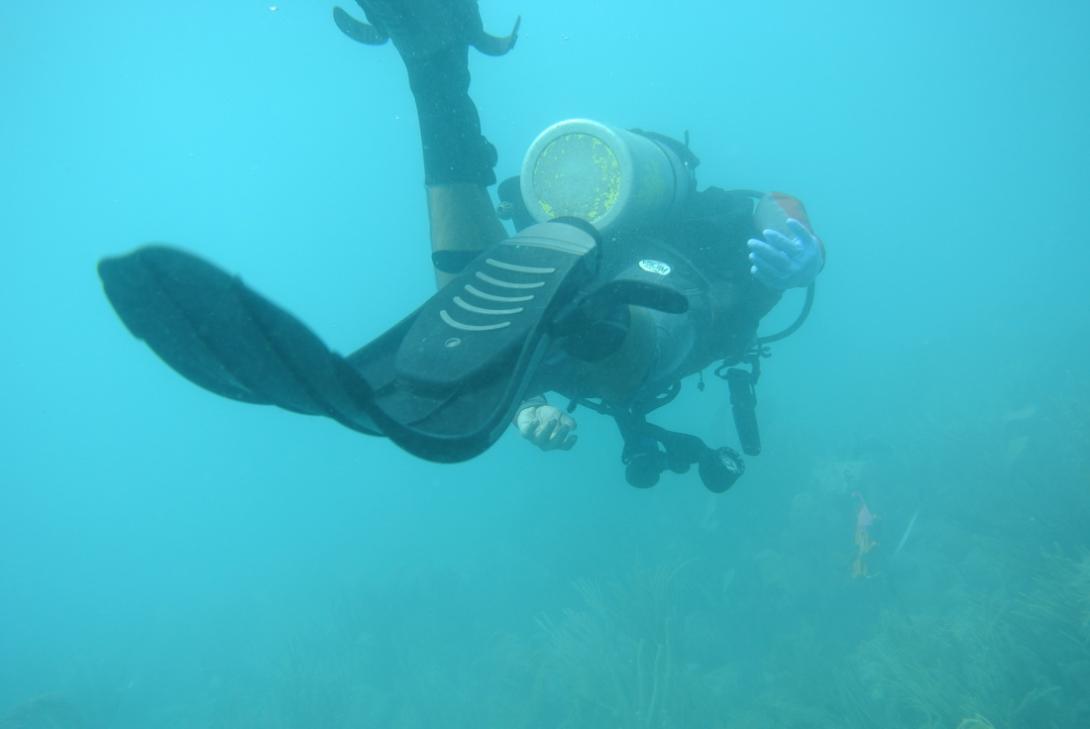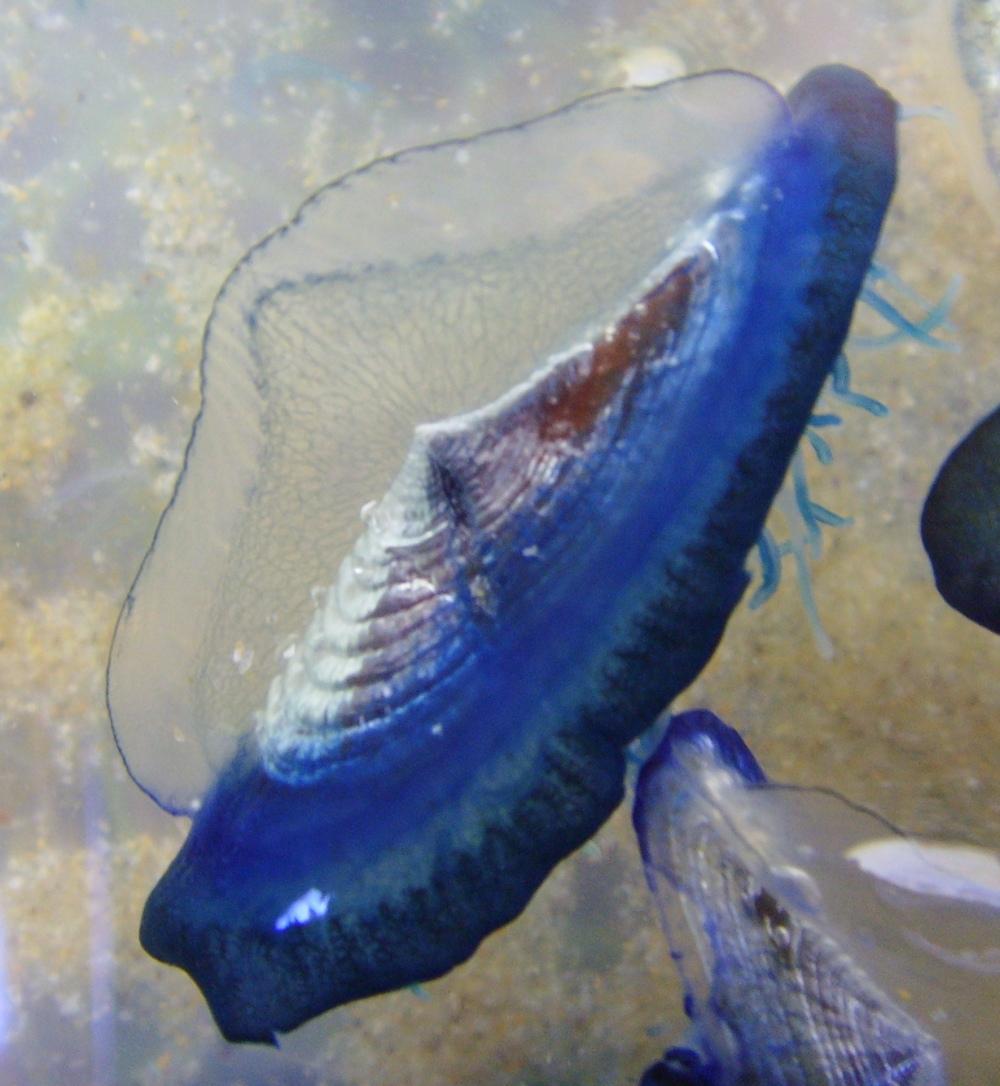Welcome Dr. Allison Tracy

This September, IMET welcomed its newest faculty member, Dr. Allison Tracy. Dr. Tracy joins IMET from The Smithsonian Environmental Research Center (SERC). Dr. Tracy is a community ecologist studying the impact of the environment on species interactions.
Can you explain what it means to be a community ecologist?
Yes, it means that I study the ecological community, which is the mix of different species in an ecosystem. That includes studying interactions between species and how they impact each other’s health and fitness. I’m also interested in how species interactions, especially host-parasite interactions, influence biodiversity and ecosystem function. As a final layer, I study how these interactions and ecosystem impacts are altered by global change over different spatial and temporal scales.
Can you tell us about your journey into the field of science and why you chose to become a community ecologist?
I started with a wide range of interests (I officially entered college as a Classics major!) and found myself gravitating towards ecology and evolution because of my interest in natural history and resource use. I was always fascinated by host-parasite interactions and infectious disease, which gradually brought me into the field of community ecology. One of my first research experiences was working on lobster shell disease at WHOI. The mix of immunology, ecology, and fisheries issues was fascinating. I later worked on a variety of topics, including immunity in cattle and toxic chemicals policy, but I was drawn back to marine systems.
Prior to starting at IMET, you were a postdoctoral researcher in the Fisheries Conservation Lab at the Smithsonian Environmental Research Center. Can you tell us about the work you did there?

My work at SERC was focused on oyster habitat and disease, especially in the context of oyster reef management in Chesapeake Bay. This includes both the impacts of oyster restoration and management of the wild fishery. I worked on a variety of projects, including using remote rapid assessment with GoPro imagery to map habitat bay-wide, merging the rapid assessment method with current monitoring techniques, and studying co-occurrence rates of four oyster parasites across different tributaries in the bay. I also used data synthesis to ask questions about oyster disease and to study land-sea connections across the watershed.
What will your research focus be at IMET? Will it be a continuation of your work at SERC?

My research at IMET will focus on marine host-parasite interactions and ecosystem health. It will build on my work at SERC and my prior work on octocoral disease, continuing the emphasis on the health of marine foundation species. The three unifying themes of my research are community ecology of infectious disease, impacts of multiple stressors, and long-term ecosystem change.
Why is your research important to Baltimore and the wider world? How can your research make a difference in the world today?

The two major impacts of my work are to help preserve marine foundation species and inform management decisions for marine species amidst disease impacts and global change. This matters at a global level because reef-building species are valuable for both ecosystems and people. In Baltimore specifically, this is relevant because oysters provide many ecosystem services that benefit people locally, including coastal protection, clean water, and food. My research also advances the understanding of how hosts, parasites, and environments interact, with potential applications for human and animal health.
What is your favorite part of doing research?
I like the balance of different types of work, but my favorite part is probably discussing project designs. At the end of a project, I really like thinking about how the results fit into the larger context across systems.
What are you looking forward to in your first year at IMET?
I’m looking forward to many things, but mostly meeting all of you and getting new projects started.
Let’s have a little fun! If you could be any marine organism, what would you be and why?

There are a lot of good choices here, but let’s say Velella velella, or a by-the-wind sailor. You may not have heard of them, but they are awesome - https://en.wikipedia.org/wiki/Velella. They are Cnidarians and I love marine invertebrates, but especially Cnidarians. V. velella has an amazing life history because their primary habitat is the surface of the open ocean. They travel long distances all around with a sail that’s part of their body and made from a chitinous material. The sail is oriented at a right-slant in some indivudals population, and at a left-slant in others. This means they sail different courses in the same wind, which appears to be an evolutionary strategy to hedge bets so that not all the eggs in the basket are sent to the same place. On top of it all, what looks like a jellyfish with a sail is a colony comprised of many hydroid polyps. These are not all analogies for me, I just wanted to get as many of these cool facts out there as possible. I first thought they were so neat because I’m a sailor and that’s one of the places where I feel most at home. But when you learn more about them, they’re even more fascinating then they first seem!
Just like Velella velella we are sure Dr. Tracy will sail smoothly into this new position! We are thrilled to welcome her to IMET, she is a wonderful addition to the team and we look forward to learning beside her!